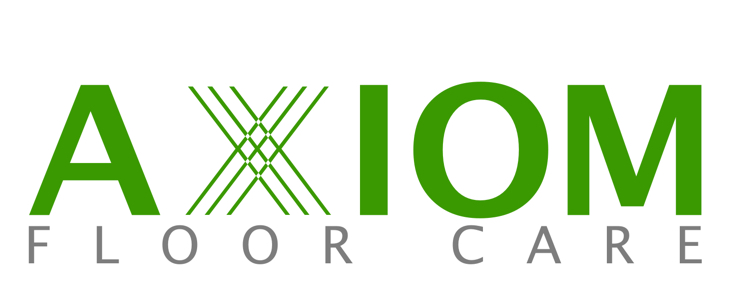When it comes to furniture cleaning, there are many factors to consider, such as different fabrics, patterns, colors, sizes, and more. This complexity makes furniture cleaning more challenging than carpet cleaning. Unfortunately, many carpet cleaners either don't offer furniture cleaning or only provide services for a limited range of fabrics. In some cases, inexperienced cleaners may even worsen the appearance of furniture. Fortunately, the problems caused by inexperienced cleaners can often be reversed by an expert.
I have invested time and effort in acquiring the necessary training and certifications through the Carpet Cleaning Association (CCA). This enables me to provide various methods of cleaning that are tailored to different fabrics and materials. In this article, I hope to share my expertise and help homeowners and carpet cleaners understand the risks involved in cleaning furniture without proper knowledge of fabrics.
The four most common cleaning codes found on fabric furniture are W, S, WS, and X. These codes represent Wet, Solvent, Wet/Solvent, or Dry Clean Only, respectively.
Wet (W) cleaning means that steam cleaning or hot water extraction can be used to clean the furniture. Water-based cleaning agents and a clean towel can also be used to dab out spots. When cleaning, it is best to use plain white towels to avoid transferring any color dye onto the furniture.
Solvent (S) cleaning indicates that the fabric is sensitive to water, and wetting it may lead to permanent water rings or shrinkage. In such cases, it is recommended to use solvent-based cleaners. Solvents help break down oily spots and subsequently dry the area. Vacuuming the fabric after applying solvents will remove the separated soil.
Driclean (X) is designated for furniture that should only be dry cleaned. Dry cleaning involves vacuuming and brushing to remove dry soils. If your furniture is marked as driclean, you may try cleaning a small, unexposed area to test the effect on the material. However, it should be noted that shrinking, staining, or distortion of the surface pile may occur. While the manufacturer may not recommend it, the decision proceed with dry cleaning is at your own risk Sometimes, the damage by the is less noticeable than stubborn stain.
Fabric labeled WetW) and SolventS) (WS requires the use of both methods on different spots For oily areas, use solvents, while water-based cleaners are suitable for water-based spots. The recommended procedure is to start with wet cleaning methods as they tend to be effective against most stains. If that fails, resort to solvents. Alternatively, if you find solvent cleaning easier, you can prioritize it. Having options is always beneficial.
Unmarked fabrics are also common. If your furniture lacks a cleaning code marking or information, always test cleaning agents before using them. If you can identify the manufacturer, reach out to them for proper cleaning procedures. Most likely, they will provide the necessary guidance.
In all cases, my team at Axiom Floor Care possesses the knowledge and equipment to clean furniture of all classifications. Whether the fabric is natural, synthetic, or contains down filling, we have the expertise to handle the job effectively and safely.
